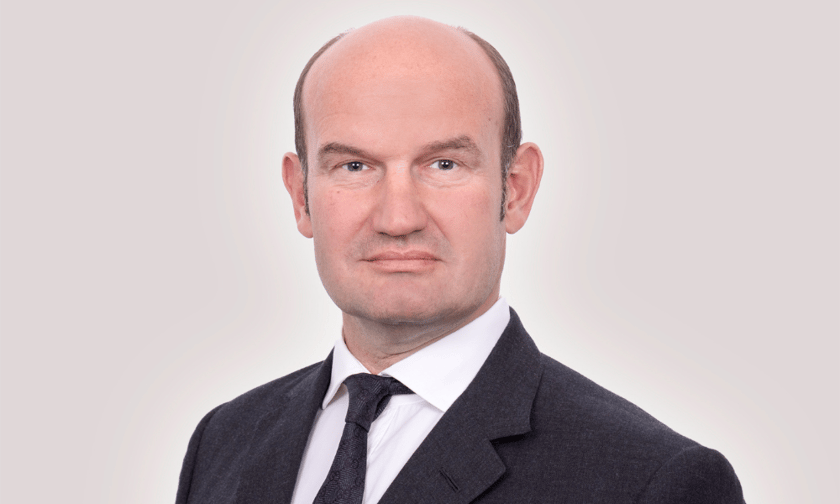

Having started his career as a British Army officer specialising in bomb disposal and higher risk search before joining the insurance industry, Paul Bassett (pictured) has not just seen the crisis management sector evolve – he has helped shape its evolution.
Bassett, who joined Gallagher in 2015, bringing a wealth of experience from senior roles at Aon and JLT, has spearheaded the significant growth of its crisis management arm – including the acquisition of AnotherDay in 2022 – and was named CEO of the division earlier this year. Exploring the development of the term ‘crisis management’ in an interview with Insurance Business, he noted that it didn’t really exist when he started his insurance career at Aon.
This was pre-9/11, he said, and risk-related products like terrorism insurance, kidnap & ransom (K&R), political risk and product recall were handled separately in the special risk divisions of businesses. “Crisis management as it exists today didn’t exist in the late 90s,” he said. “But gradually, it seemed to make sense to bring some of those product lines together in recognition of the fact that there’s sometimes a lot of similarities between the perils, and then the markets on their own.
“For example, a lot of the underwriters that write product recall also write kidnap and ransom risk. A lot of the underwriters writing political risks were also doing terrorism and political violence risks. So, there were synergies between markets, and, from a broking perspective, I wanted to explore how to introduce a more consultative approach regarding how we could add further value through risk management.”
With his prior background, Bassett understood implicitly how insurance works after an event to provide financial recuperation for clients who had suffered physical damage or business interruption. However, he was passionate about moving that dial to enable a more proactive and preventative approach. “No insurance policy is going to save somebody's life,” he said. “But some of the risk management techniques we employ – for our terrorism products, our kidnap and ransom products, and certainly on the malicious product tamper side on recall, could actually help save lives.”
A throughline running through many of these previously disparate policies was how they had evolved to include response measures that would kick in if an event occurred. For example, he said, in the case of a kidnap and ransom for extortion event, you’d have specialist teams of response consultants who would advise clients on how to negotiate with the threat actors, and these were indemnified by the underwriters.
“Similarly, this would happen in a product contamination case, but even on an accidental recall case, you would have reverse engineering firms that would take goods off shelves, etc,” he said. “So, I think the similarities were that prevention was really valuable for these product lines. You then had the financial indemnity of the insurance policy, and then you had a response that responded to most of these policies.
“It made sense to bring them all together, so, at Aon, we started to bring them together. We brought the terrorism team in with the kidnap ransom team, then the recall team, then the political risk team. And we didn't know what to call it, so rather than just call it the specialist risk team, we coined the phrase crisis management and it has sort of stuck with the market since the late 90s.”
He highlighted that what you find in the market today is that many brokers and underwriters have also moved to pool together these product lines under the shared banner of ‘crisis management’. They might not do every product, he said, but generally crisis management as per insurance terminology today comprises terrorism and associated risks; kidnap, ransom and extortion; product recall, and sometimes political risk.
The crisis management division at Gallagher supports each of these products, he said, and has embedded risk management techniques into their approach to supporting clients from day one. He noted that the acquisition of AnotherDay in 2022 was done with the ambition of bolstering the consultative approach that he believes is the real value-add a broker can give their clients in the crisis management segment. “We’ve won clients from other brokers by using a consultative approach.
“We've responded to many incidents over the years, around the products, with our response capabilities. We've helped clients through the London Bridge attacks, the Manchester bombings, etc. And that’s not just on the insurance side, but the risk management side, and also through psychometric counselling, etc, post-traumatic events. From a three-person team when I joined nine years ago, we’re now in a position where we have a 50-person team in London that consists of brokers and consultants, supporting our clients and colleagues all around the world with all those product lines.”
